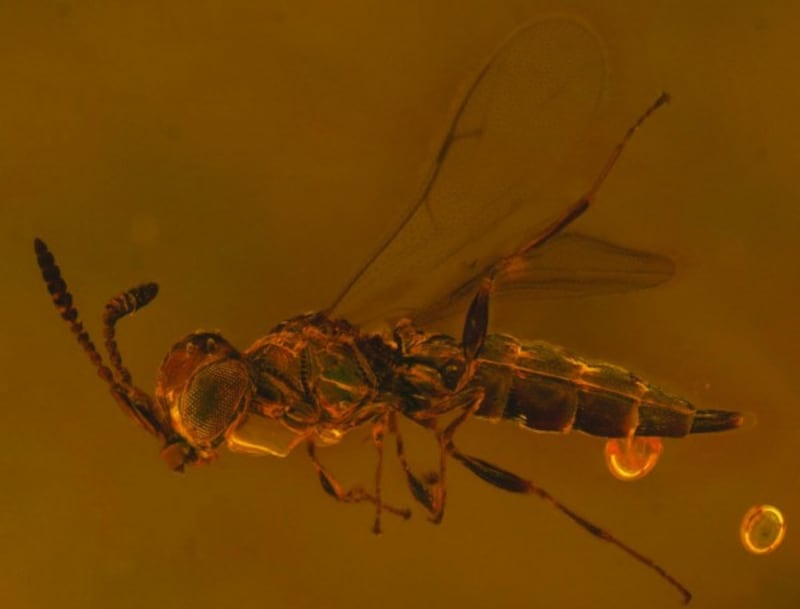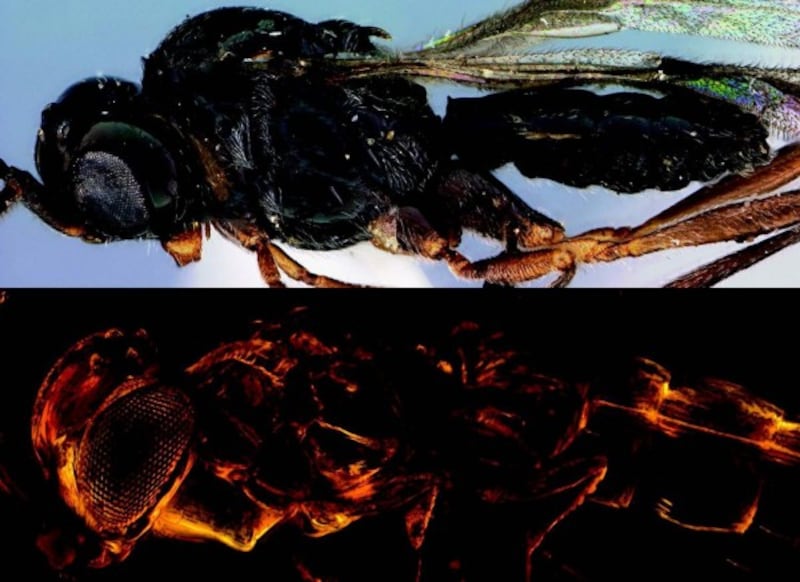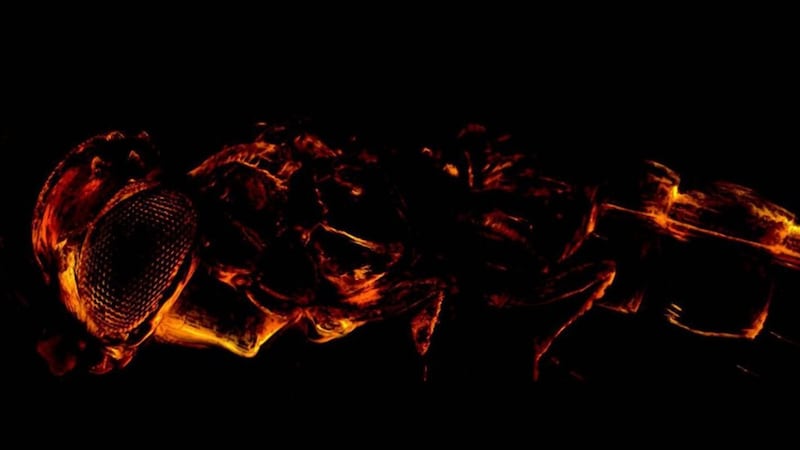Naming new species after famous people has become something of a trend now – just ask Beyonce who has a rare horsefly (Scaptia beyonceae) named after her.
Now it appears David Bowie is set to join this elite list, that includes David Attenborough, Bob Marley, Kate Winslet, Hugh Hefner and Prince Charles, by having a discovery in the animal kingdom named after him.
To be precise, the recently-discovered wasp is named after Bowie’s alter ego Ziggy Stardust and its scientific name is Archaeoteleia astropulvis (astropulvis translates from Latin to ‘star dust’).

The creature has been nicknamed by scientists the Stardust wasp to commemorate Bowie’s alter ego as well as pay homage to “the ancient source of the atoms that form our planet and its inhabitants”.
But if you are looking to catch a glimpse of the Stardust wasp, prepare to be disappointed, because it is an extinct species.
The creature was found preserved in fossilised tree resin believed to be millions of years old.
The scientists in China and the US studied the wasp in detail and found “amazing similarities” to a modern group of wasps in a currently existing genus Archaeoteleia – which has long been considered as an ancient lineage.

There were a few small differences: the fossilised wasp has shorter antennal segments and a different number of teeth on the mandible compared to its modern counterpart.
The study authors concluded that the Stardust wasp “exemplifies the importance of understanding the extant fauna of a taxon to interpret fossils”.
They added: “Such union of fossil and extant morphologies is especially illuminating and requires examination of both kinds of specimens.”
The species are described in a study published in the Journal of Hymenoptera Research.








